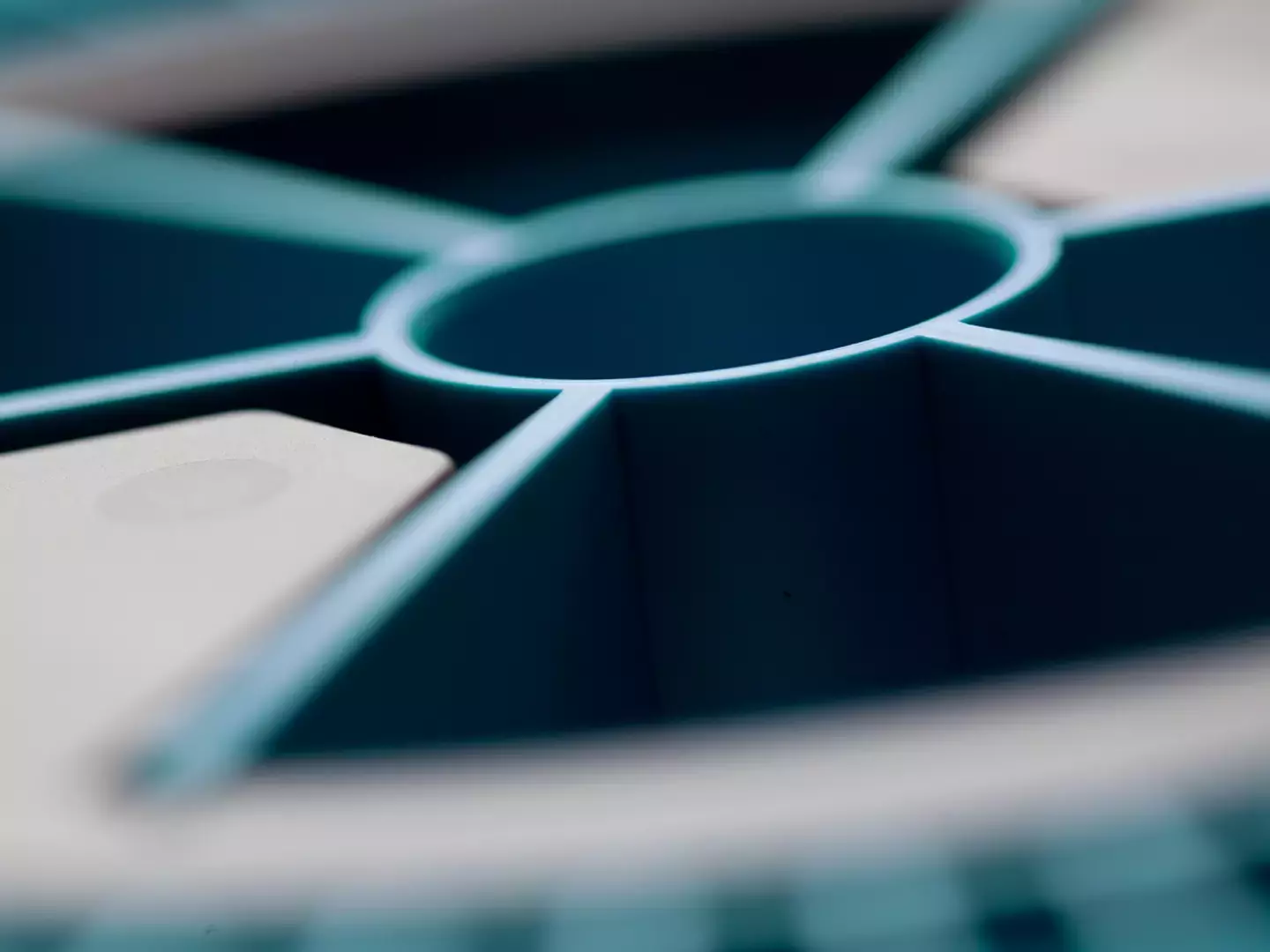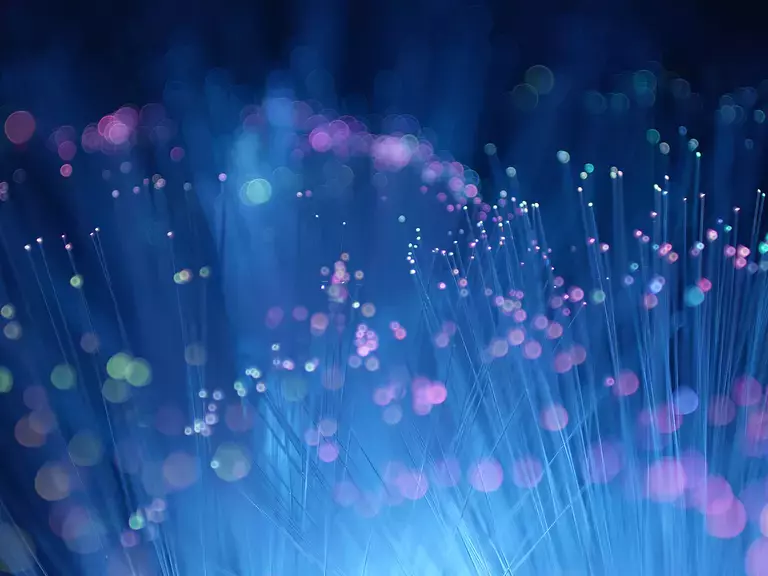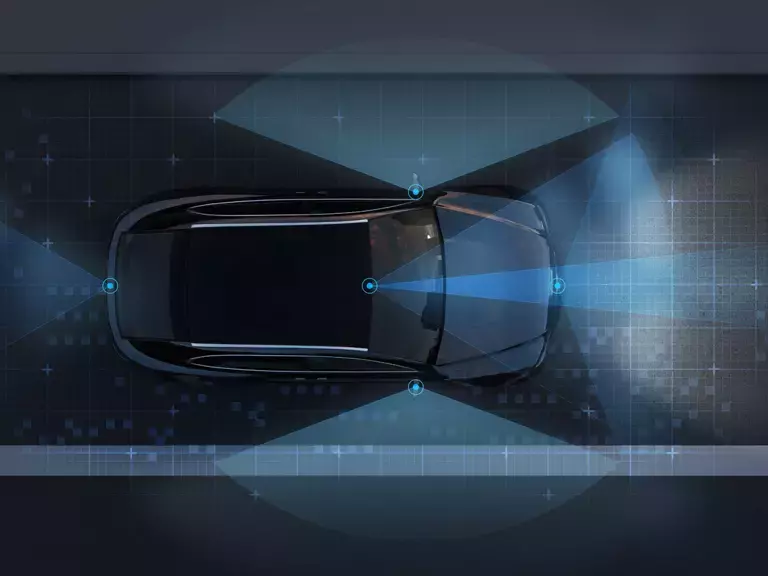Lidar (Light Detection and Ranging) technology has emerged as a game-changer in various industries, particularly in the fields of autonomous vehicles, remote sensing, and 3D scanning.
By utilizing laser light and advanced sensors, lidar enables precise mapping, accurate range finding, and detailed environmental perception. In this article, we explore the benefits of incorporating Fibercore fiber in lidar systems, revolutionizing the capabilities of lidar sensors and paving the way for groundbreaking applications.
What is LIDAR?
Lidar is a remote sensing technology that utilizes laser light to measure distances, create detailed maps, and gather information about the surrounding environment. Lidar systems consist of three main components: a laser source, a scanning mechanism, and a sensor.
The laser source emits short pulses of laser light, which are then directed towards the target area. The scanning mechanism allows the laser beam to be steered and directed in different directions, covering a wide field of view. When the laser beam interacts with objects in its path, it gets reflected back towards the lidar sensor.
The lidar sensor detects the reflected laser light and measures the time it takes for the light to travel back to the sensor. By knowing the speed of light, the sensor can accurately calculate the distance between the sensor and the object based on the time of flight of the laser pulse. This process is known as "time of flight" measurement.
By repeating this process thousands or even millions of times per second, lidar systems can create a highly detailed three-dimensional map of the surrounding environment. These maps, known as point clouds, consist of numerous individual data points, each representing a specific location and distance.
In addition to distance measurement, lidar sensors can also provide information about the reflectivity of objects. This data allows for the differentiation between various surfaces, such as buildings, vegetation, and road surfaces, enabling accurate environmental mapping.
Lidar and Autonomous Vehicles: Ensuring Safer Roads
LiDAR is used in many important applications ranging from environmental mapping to wind speed monitoring. However, one of the most prominent applications of lidar is in automotive vehicles, where it plays a crucial role in increasing safety through collision avoidance. Ultimately, lidar is a key enabling technology for autonomous passenger cars. Lidar sensors provide a 360-degree field of view, allowing self-driving vehicles to perceive their surroundings in real-time.
LiDAR systems operating in C band optical frequencies offer key performance advantages when compared to alternatives. Most importantly, is enhanced eye safety for drivers, passengers and pedestrians exposed to optical signals emitted from LiDAR systems. Because longer wavelengths are safer, LiDAR systems operating at 1550/1535 nm are able to operate at higher power levels resulting in longer detection ranges. Extended range detection allows vehicles to travel at higher speeds whilst still operating safely within the reaction times of the vehicle collision avoidance systems.
Fibercore’s triple clad Er/Yb active fibers are ideal for 1550/1535 nm fiber lasers for automotive LiDAR. Our unique fiber design provides a highly efficient gain medium resulting in just the right power levels for high performance LiDAR. Spool to spool consistency in gain spectrum improves fiber laser manufacturing efficiency and our circular outer clad makes Fibercore’s TC fiber extremely easy to work with in a high-volume manufacturing environment.
Subscribe for Insights!
Register to receive Fibercore's latest key updates, events and relevant industry news
straight to your inbox!
Related Products
Lidar Technology: Mapping the Future
Lidar technology excels in high speed, low latency, remote sensing and environmental mapping. This powerful combination of technological benefits brings great promise to the future of protecting humans in motion. As part of the Humanetics group of companies, Fibercore is dedicated to leveraging our unique technology to enable innovation that connects and protects people. By leveraging Fibercore fiber, lidar systems providers can achieve this vision through higher accuracy and enhanced reliability systems that improve safety through collision avoidance and enable the future of autonomous vehicles to navigate complex road scenarios with increased precision.
To learn more about our specific fibers for LiDAR contact your Fibercore representative today.
Speak to our experts
Provide us with your information and our service team will contact you

Dr. Andy Gillooly
Andy Gillooly the business development manager at Fibercore (Southampton, U.K.). In 2001, Andy graduated from the University of Birmingham, with a masters degree in physics and received a PhD in fiber Bragg gratings (FBGs) from Aston University, England. He spent over four years as a senior development engineer at SPI Lasers, developing FBGs and pulsed fiber lasers. After SPI, Andy joined Sharp Laboratories of Europe, responsible for the optical design and technical customer interactions for Sharp's wafer level camera project. Later, Andy joined Fibercore where he is currently responsible for driving the company forward into new markets with new products, he has currently been with Fibercore for 14 years.



